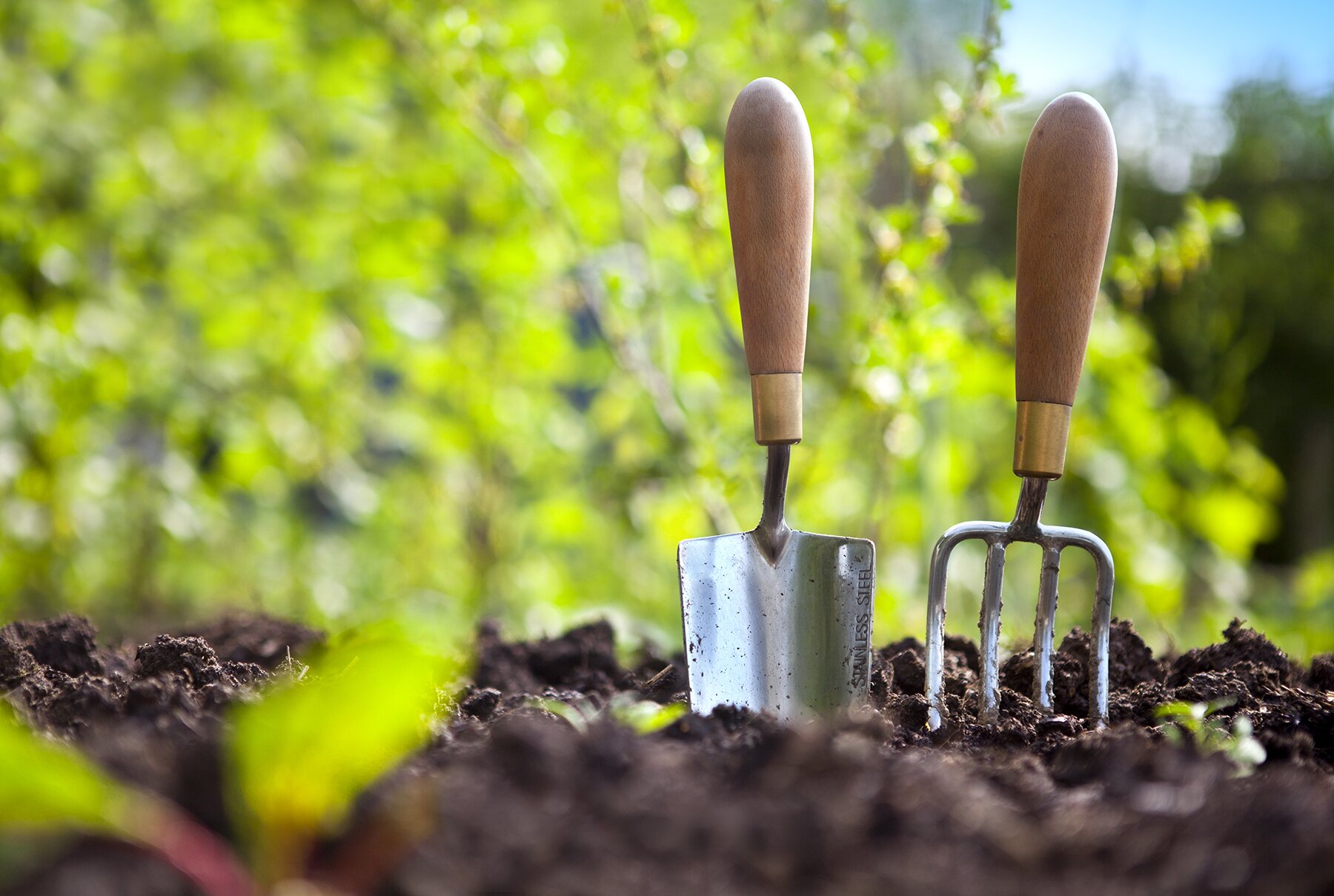
A grow tent for beginner is a handy piece of equipment that can turn any kind of indoor space into a garden. But before you get growing in one, Grubbycup has some advice to follow to ensure your first grow tent journey is a successful one.
Choose the Best Location for Your Grow Tent
Select a location that can be dedicated to the tent for at least a few months. The area will require power and easy access to water, so keep those needs in mind.
Make sure the electrical circuit selected can handle the demands of the equipment you wish to use, and accidents and spills happen, so avoid putting the tent over carpet or hardwood floors when possible.
If the location is too obtrusive, it may become an obstacle to everyday life, but if it is too awkward to get to, it discourages frequent visits and encourages neglect.
Allow for Room to Grow in Your Grow Tent
Your indoor garden will take up more space than just the grow tent itself—you’ll need somewhere to store extra supplies and equipment.
The ballast for your lighting system, a reservoir, AC unit, nutrient storage and excess grow media are just a few items you may need to allot extra space for.
An organized garden takes up less space than an unorganized one, and a defined, dedicated area near the tent for items such as those mentioned above can keep garden-related clutter from spreading throughout the rest of the room.
Consider Using Two Grow Tents
Consider using one small and one medium tent as an alternative to a single large tent. Using more than one tent adds versatility when growing short-day plants, since one tent can be set to summer lighting and the other to fall lighting conditions to ensure continual harvests.
If plants are introduced to the fall tent over a period of weeks, then the harvest will be spread out over a period of weeks. Having multiple tents also makes recovery easier if one of the tents has a catastrophic failure.
Or Just One Big Grow Tent
Also consider the opposite—one large tent versus multiple smaller tents. Canopy control is easier when all plants are the same age, and the harvest can be potentially condensed to a single event.
Certain growing techniques are better suited for single-tent gardening, such as nutrient film technique (NFT) or other hydroponic methods, where the plants are not easily moved. These plants generally spend their entire life cycles in the same tent and the lighting of the tent is adjusted to initiate flowering.
How you plan on gardening has an impact on which tent set-up is best. There are many paths to the same destination, and there is no single “best” way to garden that applies to all circumstances.
If you are interested in Melbourne turf supplies head over to Lilydale Instant lawn.
Check the Quality of Your Grow Tent
When possible, check the quality of the tent you want to buy in person before making a selection.
Check the stability and design of the frame—while it should not have to support much more weight than the shell and the light fixture, it should not appear flimsy once assembled. Look at the stitching and quality of the shell.
Pay particular attention to the front zipper, as this zipper tends to be the most frequently used. From personal experience, I suggest avoiding cheaply made tents. Assembling bottom-of-the-line tents can be problematic and the difference in quality is magnified by daily use.
Consider Venting Options in Your Next Grow Tent
Access panels have uses that are not immediately apparent, such as for running cords, venting or irrigation plumbing, and more access options are generally better. Make sure the existing tent openings are compatible with your venting plans, although cuts can be made to modify most tents. If modifications are necessary, tarp zippers are available that you can attach before cutting the material, ensuring the zipper lines up correctly.
Read the Grow Tent Instructions
When assembling the tent, allot enough time to avoid hurrying, and take enough breaks to avoid frustration. While it is possible for one person to put together a grow tent, a second set of useful hands makes the task easier. Read through the assembly instructions to form a clear picture of how it fits together before attempting construction.
Coordinate Lights with Size of Your Grow Tent
Match the size of your lighting fixtures to the size of the tent and cooling ability. While an under-lit tent will under-perform, heat and related issues from too much lighting can overwhelm the tent’s cooling ability and stress, stall or even kill the plants inside. The larger the lamp used, the more cooling will be required. It is common to use a single lamp in small- to medium-sized tents.
Buy Some Meters
The tent will partition off a section of atmosphere from the room and create a space that is more prone to fluctuations in temperature and humidity. A thermometer and humidity meter will both help indicate when additional environmental control measures are called for. Meters that track minimums and maximums will give you an idea about environmental conditions when you’re not there to observe them personally. If the humidity is too high, condensation at the top of the tent can collect and precipitate onto the fixture. High humidity also encourages mold growth. Low humidity levels encourage spider mites and plant dehydration.
Pick Up Some Hangers
Light-duty carabiners are handy hangers when snapped over a tent’s ceiling support rods. Often found in camping sections, carabiners can be easily attached and moved, and can be used to hang meters, clipboards or lighting equipment.
